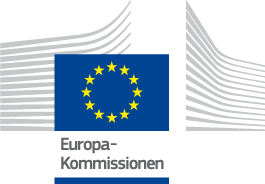

FLAG Factsheet
The Gribskov FLAG area is situated in the north of the island of Sealand. It includes the city of Gilleleje, a lively commercial centre, which is home to the region’s largest fishing port and only fish auction. The city is also an important visitor destination, with tourism and fishing being the main economic sectors in the FLAG area. Except for herring, all the fish landed in the area is exported and not processed locally.
The main challenges facing the FLAG area are the reduced income levels of fishermen caused by the quota system, and an ageing population of the fisheries sector caused by the absence of young people entering it. Fishermen are fighting for their survival, with the fleet having declined dramatically in recent years (to less than 35 fishing vessels). However, there is potential to further add value locally by developing the fish processing sector, which is currently limited to herring.
The FLAG’s strategy aims to respond to the area’s social and economic challenges by:
National
Two or three deadlines for applications are set each year.
The FLAG is interested in inter-territorial and transnational cooperation on sustainable fishing methods and seaweed farming and management.
At the national level, there is no specific budget dedicated to cooperation, so the FLAG will have to look for alternative funding.
The Halsnæs-Gribskov LAG (Gribskov FLAG) is a joint LAG-FLAG, with a single legal structure and sharing the Gribskov operational area.
The LAG-FLAG implements EAFRD and EMFF projects through a common local development strategy.
The FLAG partnership is composed of representatives from the two municipalities (Gribskov and Halsnæs), as well as different NGOs (local communities), private companies (fisheries businesses and local food industry) and local citizens.




